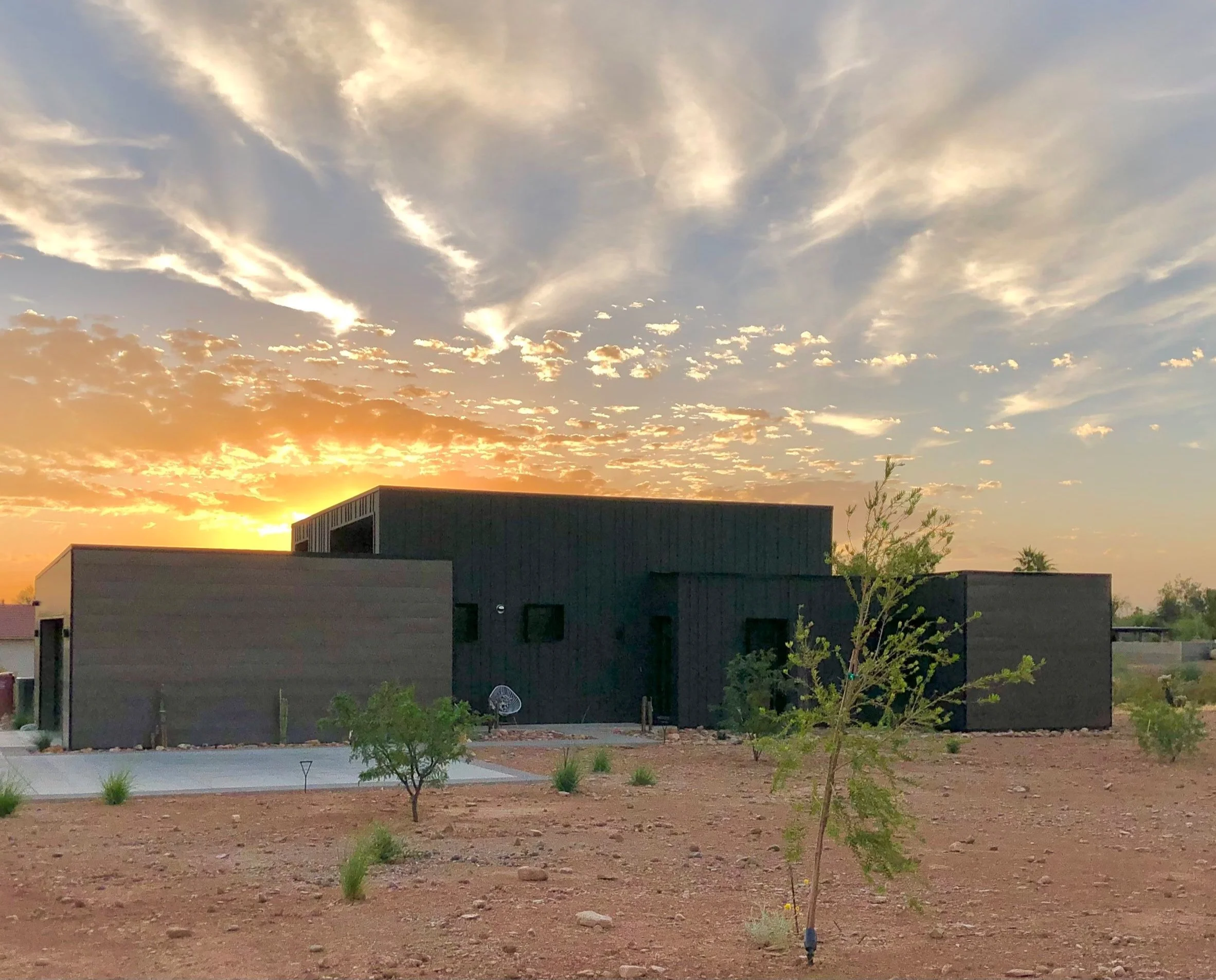Mentors are helpful, but Sponsors and Advocates are instrumental in one’s career progression.
Mentors get a lot of press, but it was an eye-opening revelation when a colleague spoke of the impact that SAMs had on his own career development. The clarity his words shed on my own experience made me appreciate that while I had been blissfully ignorant, many others in the workplace could benefit from this insight.
What is a Mentor? These are people who are instructive for exploring career and industry interests. They may introduce you to their networks. They could be inside or outside your organization, but the key distinction is that Mentors have little to no vested interest in your work outcomes, and therefore, have minimal influence on how you move through an organization.
On the other hand, Advocates are colleagues who actively speak on your behalf, whether you're in the room or not. Advocates exist at all levels and carry weight when projects or performance is being discussed. For example, think of those times you’ve sat in a meeting where an issue is raised. An advocate will counter a concern by voicing their support of your approach or track record. Without an advocate’s voice, the issue to remains unanswered. Silence isn't golden when support is better. Advocacy is built on goodwill, which accrues over time. Build a network of advocates, and be a good advocate for others.
What then, is a Sponsor? These are the people who shape your career. Sponsors are the leaders who sit at the table when employee development, project assignments, and promotions are discussed. They are your bosses, project executives, or internal client leaders who directly benefit from and influence how your work is received and perceived. Sponsors can make your career, but misplace their trust and benevolence, and they can stall your career. Like Advocates, you earn your Sponsors. There’s no harm in asking for sponsorship, but expecting to be sponsored or expressing entitlement to sponsorship is a one-way ticket to “No, thank you.”
I grew up in an immigrant household, with parents who didn’t discuss work at home. I went into the workforce with naïveté, despite reading dozens of business books on how to succeed. My mentors were appreciated for their unbiased guidance, but when I think of my career, I know it wasn’t just hard work that helped me along. There’s no over-emphasizing the magnitudinous impact of my Sponsors and Advocates.
Those I’ve sponsored and advocated for earned well-deserved opportunities. So, at the end of the day, how we make the most of those opportunities is up to us - sometimes, opportunities are wasted. But, the adage that you reap what you sow runs true. Relationships with your SAMs are built from sustained and sincere effort.
Please, take your vacation on an island. But, don’t act like an island or your ability to thrive will be severely diminished.







